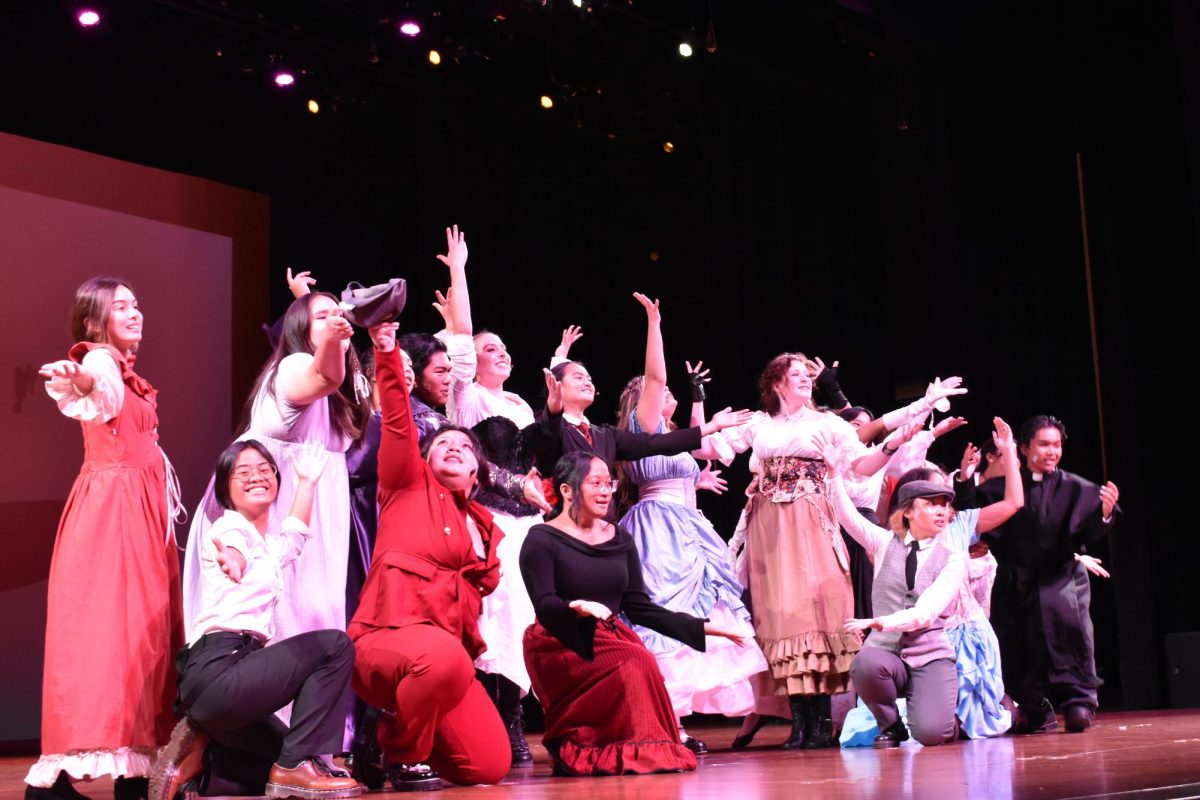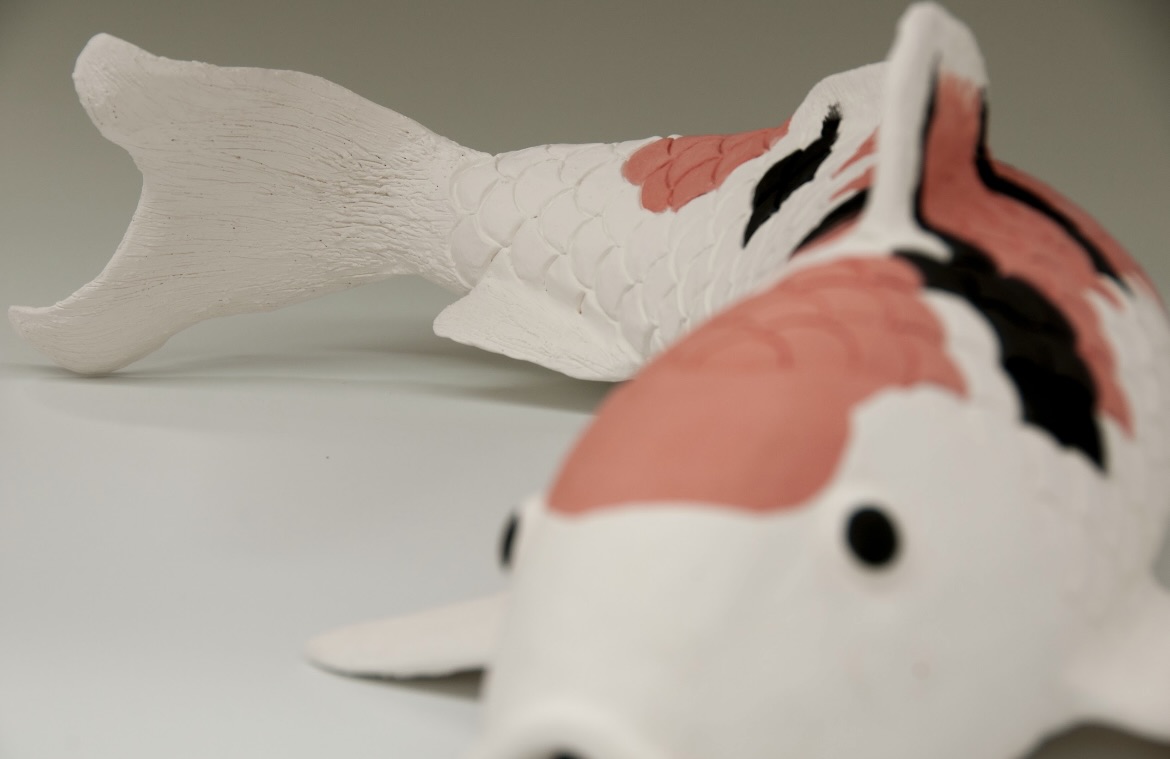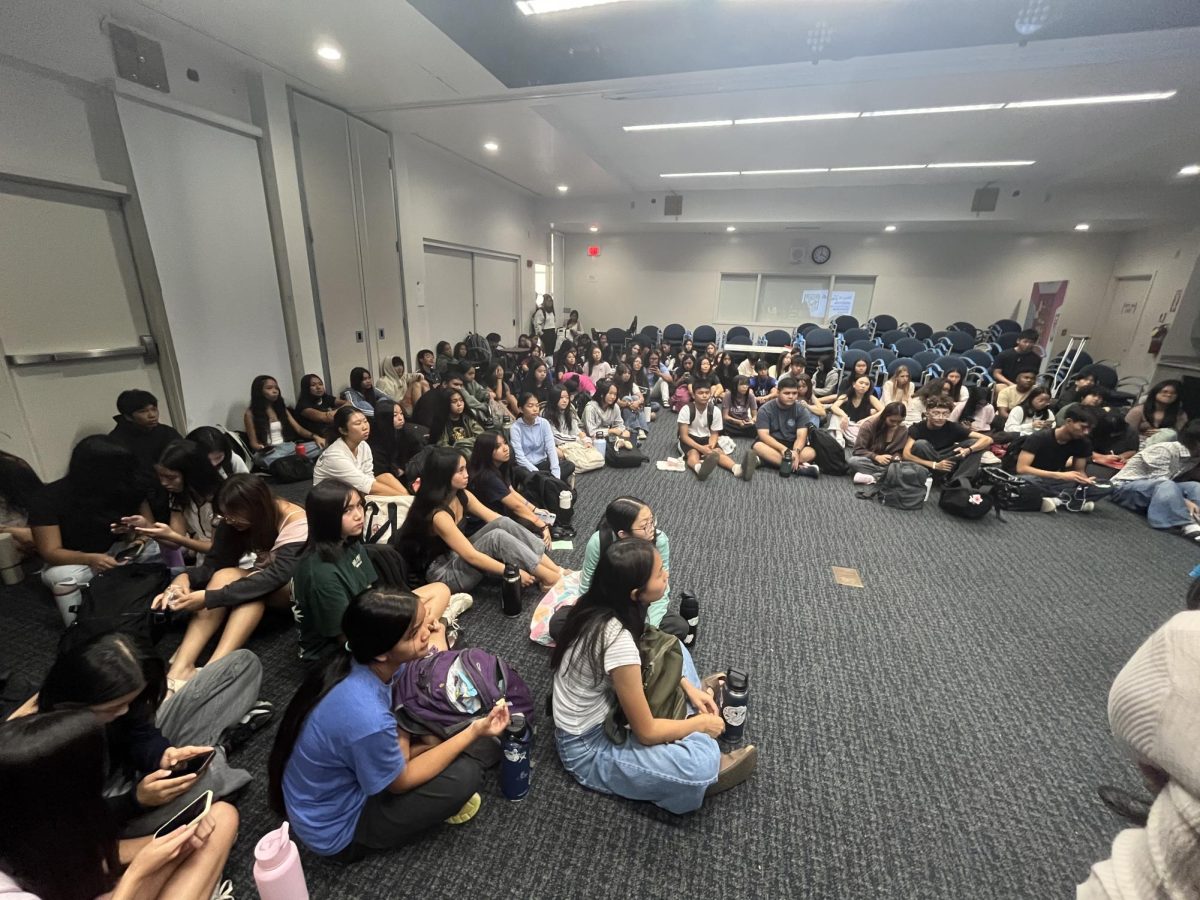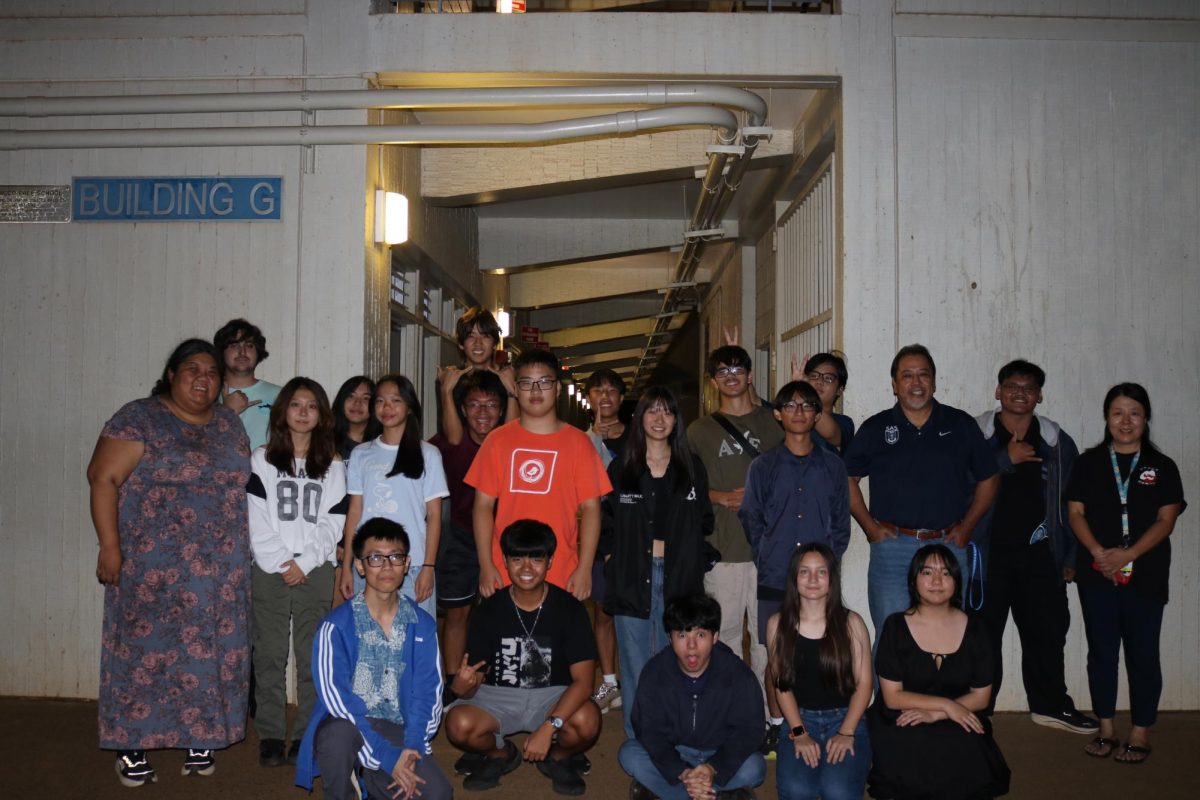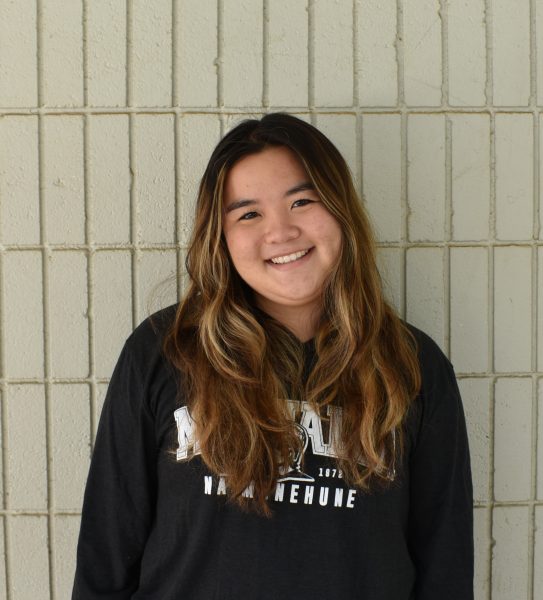The mystery behind who killed Edwin Drood is eventually revealed at the end of every show put on by Moanalua High School’s drama department; however, the mystery behind how such a production is pulled off remains unsolved to most. We oftentimes sit in awe at the end product of a play, yet fail to recognize the meticulous planning, coordination, and practice it takes to pull off a spectacular show.
Moanalua’s 2024 Spring Production, titled “The Mystery of Edwin Drood,” is no exception. The play, which featured impactful actors and elaborate outfits, took months of practice and coordination for the show to be as successful as it was, and yet, many in the audience had no idea what went on behind the scenes.
Pre-production
Deciding what story to pursue was a task in and out of itself. Drama teacher Mark Ikenaga, with input from his Advanced Acting and Directed Studies class, initially chose a different story. With discussion and debate from people in the drama department, the group decided to move forward with the play, “The Mystery of Edwin Drood,” which is based on an 1870 unfinished novel written by Charles Dickens. The unique play is an audience-participation murder mystery, with twists and surprises that makes planning especially difficult.
After the play itself was chosen, casting began. Advertising through Instagram, acting classes, and school bulletins, the drama department reached out to any students interested at Moanalua. There were no special requirements or prior experience necessary.
“We wanted to give people outside of acting an opportunity to participate,” director and senior Lauren Araki said. “The Spring production has been such a big part of my high school experience, and I wanted to give more students a chance to be a part of it as well. There is also so much talent in this school, that we wanted to make sure we took advantage of that, and give new people a space and platform to be on stage and perform for an audience,” she said.
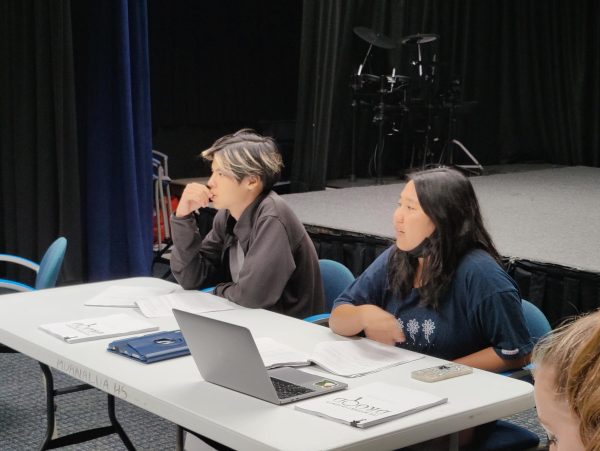
Students hoping to get a callback showed up to the auditions to sing a song of their choice, perform a monologue, and do a little bit of improv. Student directors made the decisions for casting roles and after the final results were announced, the team could finally move on to their first table read.
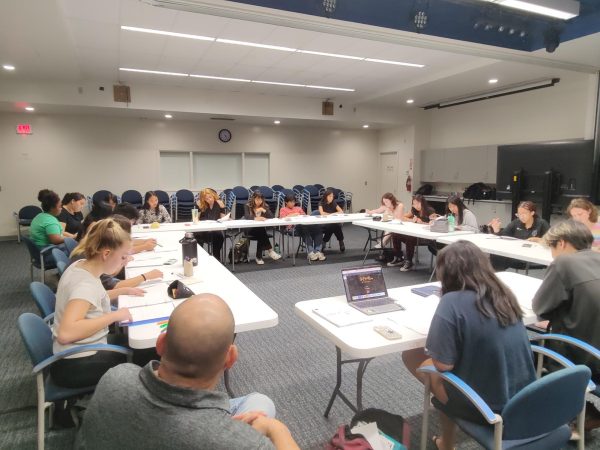
The purpose of the table read was to get the actors comfortable with all elements of the play: tone, vibes of their characters, and the overall theme. With the ball finally rolling, scheduling was figured out, and it was straight into rehearsals for the cast of “The Mystery of Edwin Drood.”
Rehearsals
One of the challenges the group encountered was their timeframe. From the table read to showtime, there was only a span of about two months to learn all the choreography, get all the blocking down, and memorize lines. This meant that practicing outside of rehearsal time was key.
“[With the timeframe being so tight,] even more so, [there was more] responsibility on them to listen to music outside of rehearsal, watch the videos of the choreography outside of rehearsal, so that they could practice these things on their own and then figure it out together,” acting teacher Adam Kalma said.
By committing to time outside of rehearsal, the entire team worked faster and more effectively. During their time together, they spent time rehearsing lines and working on enunciating the words. Because the play takes place in historical Britain, the actors all had accents that were unlike their true ones. It took hours and hours of practice to nail this part down.
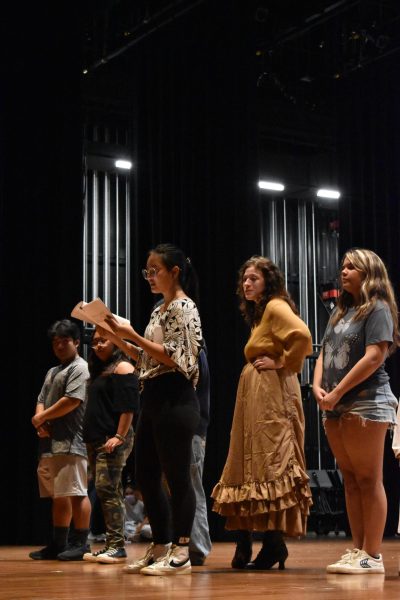
Junior Hokulani Figueroa, who played the Reverend, had a unique method for practicing her accent and memorizing her lines.
“Because I had many, many lines, I used a certain technique to memorize it all. I would write down the first letter of each word that I have to say, and practice with that. It was funny to see everyone’s reaction to me practicing, it looked like I was reading code or something,” she chuckled.
While the drama department was busy with the actual on-stage acting of the play, there were many groups working hard behind the scenes to bring other aspects of the production to life.
Art
The group responsible for painting the backdrop for this year’s play was the National Art Honor Society (NAHS). Last year, the group also painted the backdrop of “The Addams Family.” The group felt the art-drama relationship needed to continue. The ttwo large, intricately detailed panels took three weeks to complete.
“We worked on it every day after school for an hour and thirty minutes except Fridays,” senior Geanelle Ramirez said. “Some of us also worked on it during our periods in (art teacher) Mr. Fujimoto’s class.”
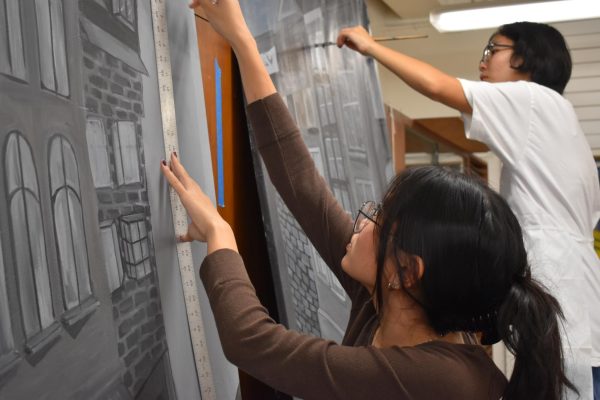
The group chose to use acrylic paint to go for a more monochromatic look, which was designed to fit the style of 1870s Rochester, New York.
The Menu
One unique feature of this year’s show was the brand-new custom-designed menu by the culinary department. On special show days, an optional British-themed dinner was offered, which came with multiple courses and of course, dessert.
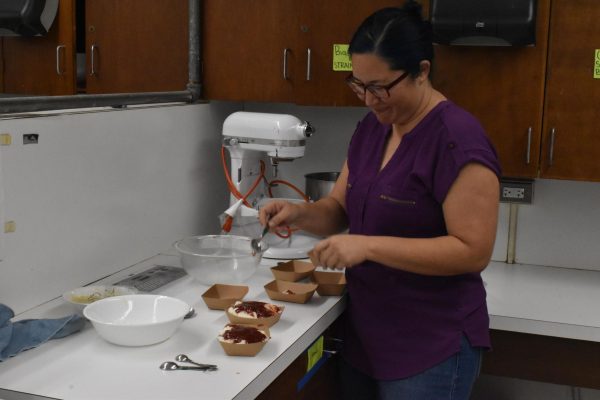
“Based on the play, which takes place in the Victorian Era, I had students research recipes from that era and then we did a taste testing and I got to decide which recipes I thought would be a good fit for this production,” culinary teacher Justine Perkins said.
The dinner they chose featured popovers, mulligatawny soup, shepherd’s pie, and a duo desserts of blancmange and lemon pudding, which all fit into the British theme of the play.

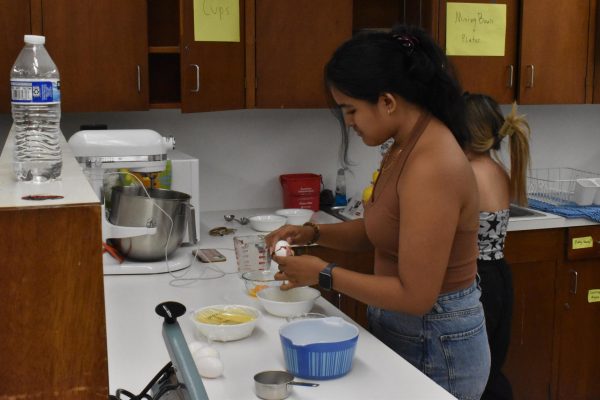
Senior Neveah Terrado said her culinary class had a week to brainstorm different recipes from the Victorian era then make the recipe and taste test it. Terrado’s group suggested coconut cake for dessert, but in the end the blancmange and lemon pudding was selected.
“Normally, we are told what to make, but this time, we were able to choose our own recipes and experiment with them,” she said. “That was fun.”
Before curtains up
After the menu was set, actors adequately prepared, and with the backdrop looking stunning, the stage was set for a wonderful performance. On showday, while there was nothing happening on-stage in the audience’s eyes, there was a commotion going on in the dressing rooms of the actors. Actors and actresses were getting into costume, applying makeup, and the tech crew was doing last-minute testing of the equipment.

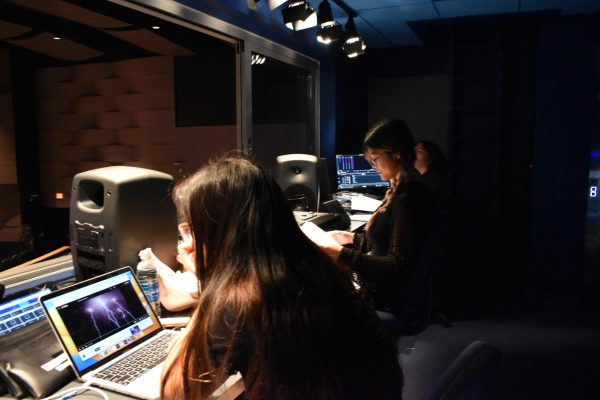
With tensions high and an eager audience waiting, the show finally began.
The Show
Being a play heavily dependent on audience-participation, it was important to keep the guests engaged. The actors did this with their facial expressions, shocking movements, and their detailed choreography.
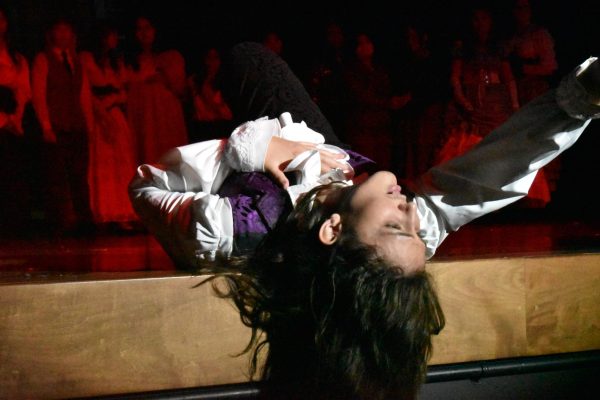
The highlight of the show was when the audience was able to choose who the culprit behind the murder of Edwin Drood was. The enthusiastic audience shouted the characters they suspected the most, which for one show was the character played by sophomore James Aiona.
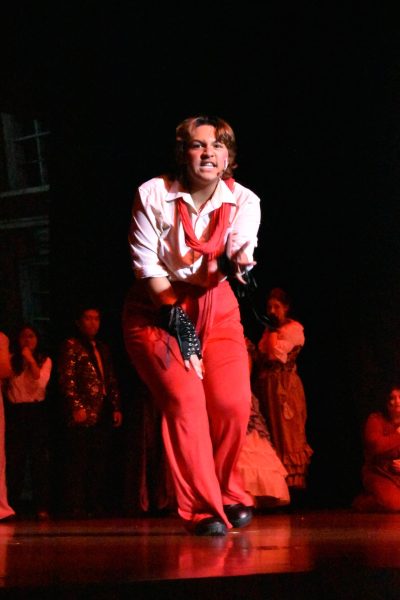
The play, in addition to being a murder mystery, was a musical. Actors showed off their vocal talent with their belting falsetto, and everything in-between. The task was far from easy. They had to sing unfamiliar words due to the play’s setting in Victorian Era Britain, and it was a tall order to pronounce these words in a way that the audience would understand.
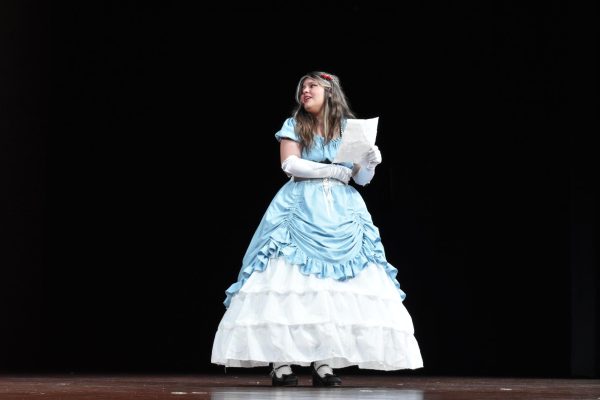
However, in the end, because of the months of practice, preparation, and logistical coordination that the students and faculty endured, many in the audience walked away from the show impressed and pleased with a fun evening. So while the question of who killed Edwin Drood may be up for debate, there is no debating that the efforts of the people behind this year’s production did not go to waste.

